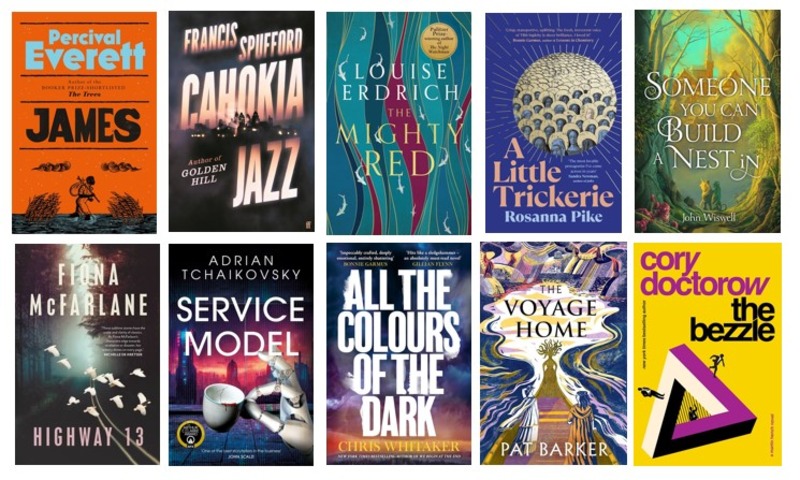 The Girl on the Page by John Purcell is a pacy page-turner that raises interesting questions regarding the divide between commercial and literary fiction. Through the characters of Amy, a commitment-resistant book editor, and Helen, a literary great who is struggling with the manuscript she’s been paid a whopping advance for, this novel gets to the essence of what it means to write because it is art, as opposed to writing to make money.
The Girl on the Page by John Purcell is a pacy page-turner that raises interesting questions regarding the divide between commercial and literary fiction. Through the characters of Amy, a commitment-resistant book editor, and Helen, a literary great who is struggling with the manuscript she’s been paid a whopping advance for, this novel gets to the essence of what it means to write because it is art, as opposed to writing to make money.
This is the blurb:
Two women, two great betrayals, one path to redemption. A punchy, powerful and page-turning novel about the redemptive power of great literature, from industry insider, John Purcell.
Amy Winston is a hard-drinking, bed-hopping, hot-shot young book editor on a downward spiral. Having made her name and fortune by turning an average thriller writer into a Lee Child, Amy is given the unenviable task of steering literary great Helen Owen back to publication.
When Amy knocks on the door of their beautiful townhouse in north west London, Helen and her husband, the novelist Malcolm Taylor, are conducting a silent war of attrition. The townhouse was paid for with the enormous seven figure advance Helen was given for the novel she wrote to end fifty years of making ends meets on critical acclaim alone. The novel Malcolm thinks unworthy of her. The novel Helen has yet to deliver. The novel Amy has come to collect.
Amy has never faced a challenge like this one. Helen and Malcolm are brilliant, complicated writers who unsettle Amy into asking questions of herself – questions about what she values, her principles, whether she has integrity, whether she is authentic. Before she knows it, answering these questions becomes a matter of life or death.
I appreciated the way this book gave such insight to the publishing industry, while delivering a tale that’s ultimately more heartfelt than I expected from the opening chapters (I struggled with Amy’s character and wondered initially if I cared enough about her to keep reading, but I’m glad I persevered).





